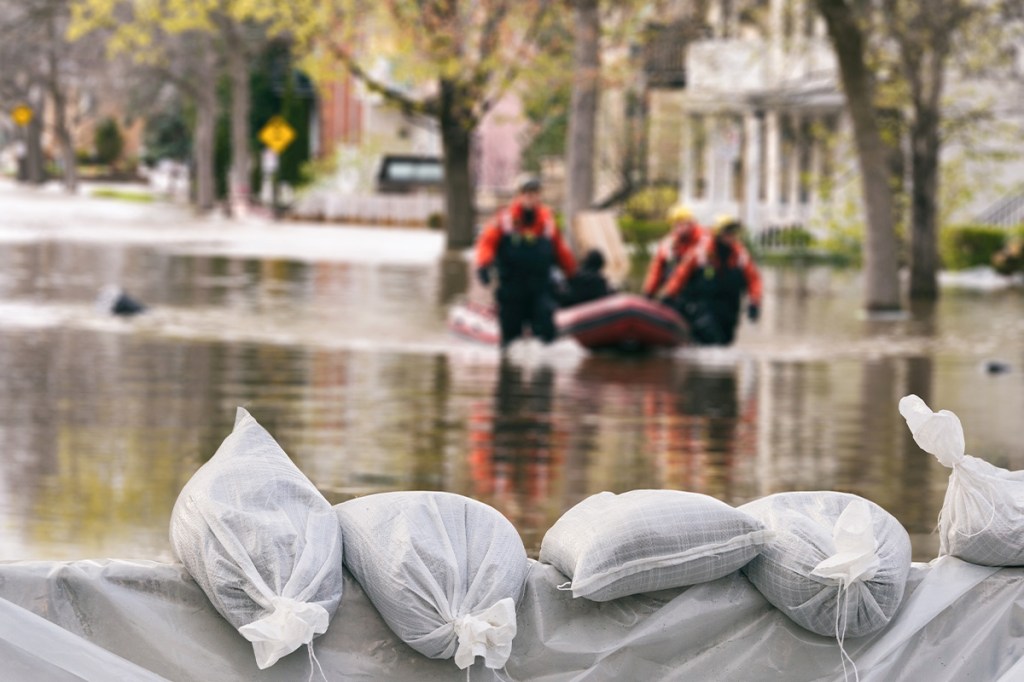
Rising insurance costs have become a significant challenge for commercial property owners, particularly in states with increasing climate-related risk such as Florida and Texas. Insurance costs are rising upwards of 50% in some areas, which is starting to threaten new development and property sales.
This article explores the problem and provides a possible path to limit rising insurance premiums. All stats come from a recent report by Yardi Matrix.
Impact of climate-related risks on insurance costs
Property insurance rates are rising fastest in states facing extreme weather events and natural disasters such as hurricanes, winter freezes and wildfires. Hurricane Ian, for example, caused upwards of $50 billion in damages as it ripped through Florida in September 2022. Weather-related payouts have left some insurers insolvent while others are simply avoiding high-risk states. This has led to higher rates and less coverage for property owners.
“Reinsurers are running away from Florida,” said Danielle Lombardo, the chair of Lockton Global Real Estate, a New York-based advisory firm. “Something has to be done differently.”
Related article: Natural Disasters: How To Prepare Your Properties
The bifurcated insurance market
The insurance market has become bifurcated, with the highest double-digit increases in properties that have negative risk attributes such as older infrastructure, a challenged loss history or undervalued assets. Reinsurance companies, which property insurers use to move portions of risk off their own balance sheets, are quitting high-risk states. Those that stay are raising rates by 45% to as much as 100%.
Yardi Matrix expects rates for property insurance in Florida to rise 40-50% in 2023, noting that 100% increases will also be common.
Reduced coverage & limits
Insurers are providing less coverage for wind damage. At the same time, they’re imposing larger deductibles. They’re also implementing new exclusions for certain damages (e.g., mold, flood endorsements) and additional limits on payouts.
These changes force property owners to layer restrictive policies on top of other policies to reach replacement cost values required by their lenders. To complete the picture, rates nationwide are increasing for coastal and non-coastal areas, putting more strain on property owners across the board.
The root of the problem
The growing number of climate catastrophes is at the root of the problem. Insured natural catastrophe losses have topped $100 billion in three calendar years since 2017. The extent of these damages is raising concerns that insurers’ models will not keep pace with the growing frequency and severity of catastrophes amid climate change.
Overinsured properties
Properties are often overinsured to cover extreme, but rare, losses. For example, most lenders require full limits for wind coverage or flood coverage for properties in FEMA-designated flood zones. Additionally, most lenders require business income coverage for flood losses on top of National Flood Insurance (NFIP) flood coverage. Obtaining compliant flood insurance has proven to be as big a challenge for some property owners as obtaining wind coverage in hurricane-prone states.
A possible solution
Solutions to this problem vary by state and region. For example, some advocacy groups are attempting to reduce litigation in Florida, where the law makes it easy to sue insurance companies for damages. The state’s legislature is considering legislation to tighten laws.
A bigger issue, industry advocates say, is lender reform. Commercial property lenders usually require owners to carry windstorm insurance for the mortgage balance or even the full value of the property. This is called the insured value of the property.
There is another way to calculate insurance costs that could well be a workable solution moving forward: basing coverage and premiums off modeled losses.
Insured value vs. modeled losses
Insured value is the amount that the insurance policy will pay out in the event of a covered loss.
Modeled losses are calculated based on the maximum probable loss a property could experience in a worst-case scenario.
Advocates suggest that the industry should look at modeled losses instead of insured value because it’s a more accurate way to assess the risks faced by a property. By using modeled losses to underwrite insurance policies, insurers can more accurately assess the potential risks faced by a property. Then they can tailor policies in accordance with those risks.
The use of modeled losses can also help to reduce the property owner’s premium outlay (the amount of the premium to be paid by the policy owner). By basing premiums on the maximum probable loss rather than the insured value, insurers can offer more competitive pricing to property owners. This becomes particularly important in high-risk states where insurance costs are rising faster than other regions. In short, modeled losses can help reduce the financial burden on property owners and make insurance more affordable.
Why climate change & rising insurance rates matter to property managers
Property managers need to be aware of rising insurance costs and reduced coverage to ensure their properties are adequately covered. In states where property insurance rates are highest, owners and managers may need to find alternatives to traditional insurance policies. They should work with lenders to ensure insurance requirements are reasonable and aligned with the actual risks faced by the property.
The truth about climate change is harsh, but it’s not something real estate professionals can afford to ignore. All environmental models suggest weather-related catastrophes are only going to increase in frequency and devastation. Effective property management means understanding and adapting to a changing climate as well as rising insurance rates.



